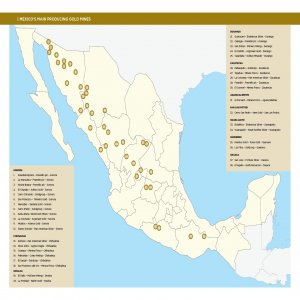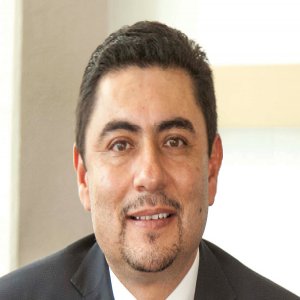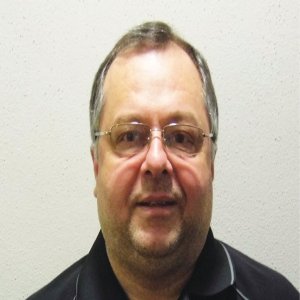Mexican Excellence for Top Lab Analysis, Agilent Technologies

STORY INLINE POST
Q: Which are the most common element analysis techniques used by the mining industry?
A: Mining companies in the country tend to use atomic absorption and plasma atomic emission instruments during the exploration and the production stages. With these two techniques, it is possible to analyze precious and transition metals or heavy metals with concentration levels in parts per billion to concentrations by level of percentage. Another interesting technique to measure precious metals or economic minerals is inductively coupled plasma mass spectrometry (ICP-MS), which allows for the analysis of atoms by their electrical charges and mass relations. The advantage of this technology is its high sensibility that enables the measurement of element concentrations in parts per trillion.
Q: Which are the most attractive features of Agilent Technologies’ products?
A: One of the most attractive aspects is their ease of use. Practically all of our products are automated, so analysts only have to choose the analytical method, place the sample and start conducting the study. Other complex techniques such as ICP-MS have been optimized through software we developed to control the analytical parameters. With this, we were able to conduct the analysis faster and therefore more cost effectively. In the traditional technique of atomic absorption by electrothermal vaporization (AA-ETV), we managed to create savings in the flow of argon or nitrogen gas in every atomization of the analysis. The traditional technique required at least a week to obtain an adequate sample for the analysis, but now we can optimize the method employing small volumes of the sample. Through this new generation of instruments, we have revolutionized the way in which the mining industry conducts its geochemical studies. We have also made our technologies more tolerant to dissolved solids which are common in mineral samples. With our new versions of ICP-MS and microwave plasmaatomic emission spectrometry (MP-AES), we have doubled the tolerance to dissolved solids. This allows users to reduce sample preparation requirements since less dilution is required while concentrations can be detected that could not be distinguished at higher dilutions. Before, the ICP-MS only tolerated 0.2% of dissolved solids but thanks to our upgrades, it can now tolerate samples with up to 25% of dissolved solids. Now it is even possible to introduce sea water without dilution in an ICP-MS without needing to fear defective results.
Q: How can your equipment reduce the costs of analysis?
A: Analysts all over the world are looking for an analytical instrument that can provide them all the information of a sample with the least preparation possible. They want equipment that is reliable, fast, and inexpensive to operate. In order to analyze the different elements in a mineral, it is necessary to first conduct the samplings and then the sample preparation. These two processes are extremely important but they can be quite complex and slow. Our R&D has enabled us to reduce the cost of operations and to deliverer analytical results in shorter time periods. This means that analysts can produce more results in the same number of hours. In addition, since our machines perform the analysis faster, they are capable of generating important savings in the use of compressed gases such as argon, acetylene, and nitrogen. To create additional savings, Agilent Technologies also uses air in its equipment instead of combustible gases like acetylene. It is possible to separate oxygen and nitrogen from common air through fractional distillation. This nitrogen can then be used to produce plasma instead of using regular argon. This microwave plasma - atomic emission spectroscopy (MP-AES) was developed by Agilent Technologies to reduce the cost of operations by up to 60%.
Q: What are the objectives of the Center of Excellence?
A: We located the Center of Excellence in Mexico to earn the trust of our customers and to show our commitment to the Mexican market. Agilent Technologies has invested over US$2.5 million in the country for laboratory equipment and in human resources to create a place where advanced technology can meet human talent. We have the latest technologies in atomic or elemental analysis but Agilent Technologies also wants to have the best applications engineers to guide our customers. One of the main activities we perform in our Center of Excellence is the demonstration of the capacities of our technologies. If our customers have uncertainties regarding the best way to approach their geochemical studies, our specialists can offer recommendations on the method they should employ.





















